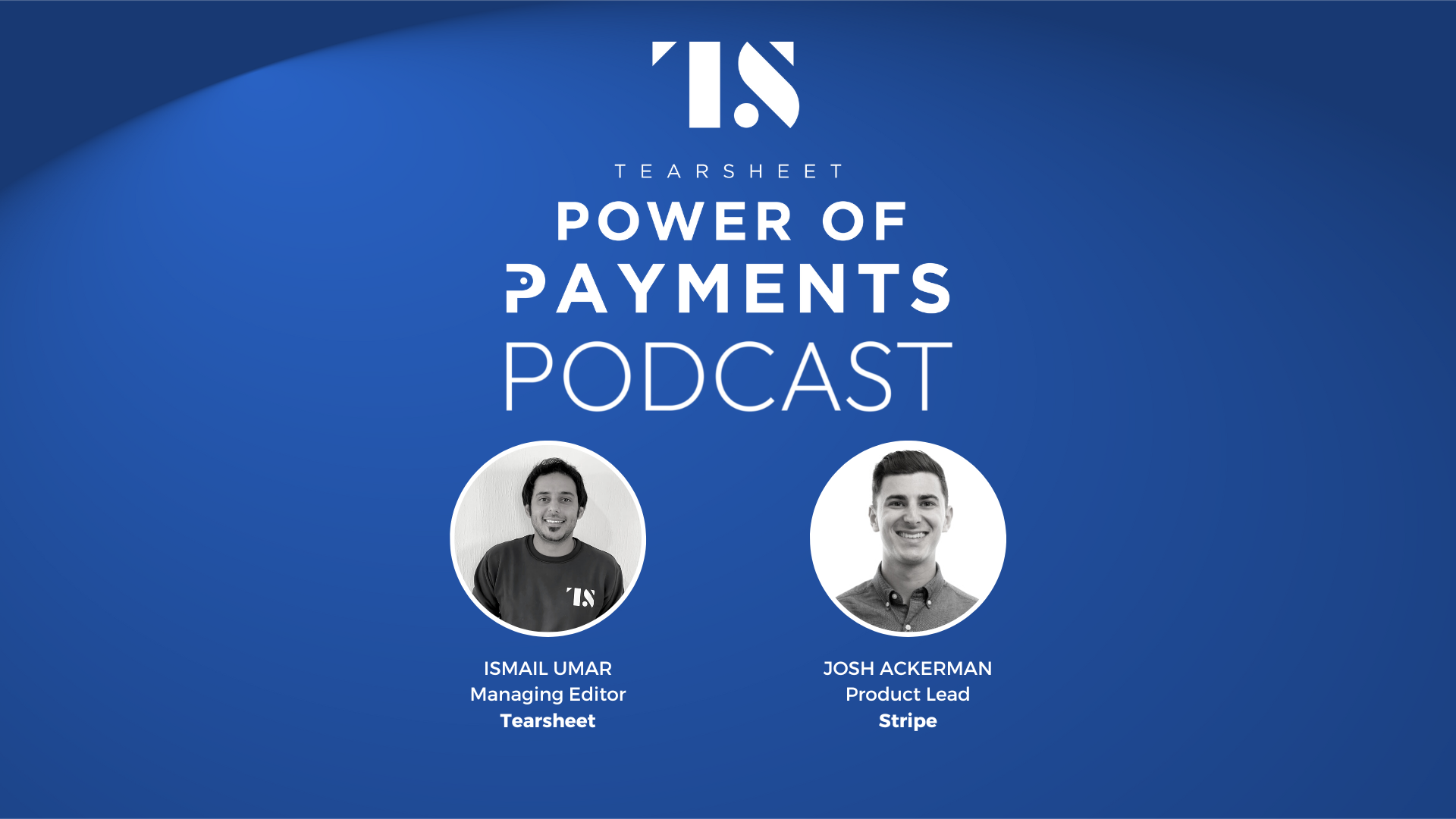Payments, Power of Payments Podcast
Power of Payments Ep. 19: Stripe’s Josh Ackerman on the changing nature of online checkout
- Josh Ackerman, Product Lead at Stripe, joins host Ismail Umar on this week’s podcast.
- He talks about the existing gaps between consumer expectations from online checkout and what most merchants currently offer, as well as how the checkout experience has evolved over the years.








